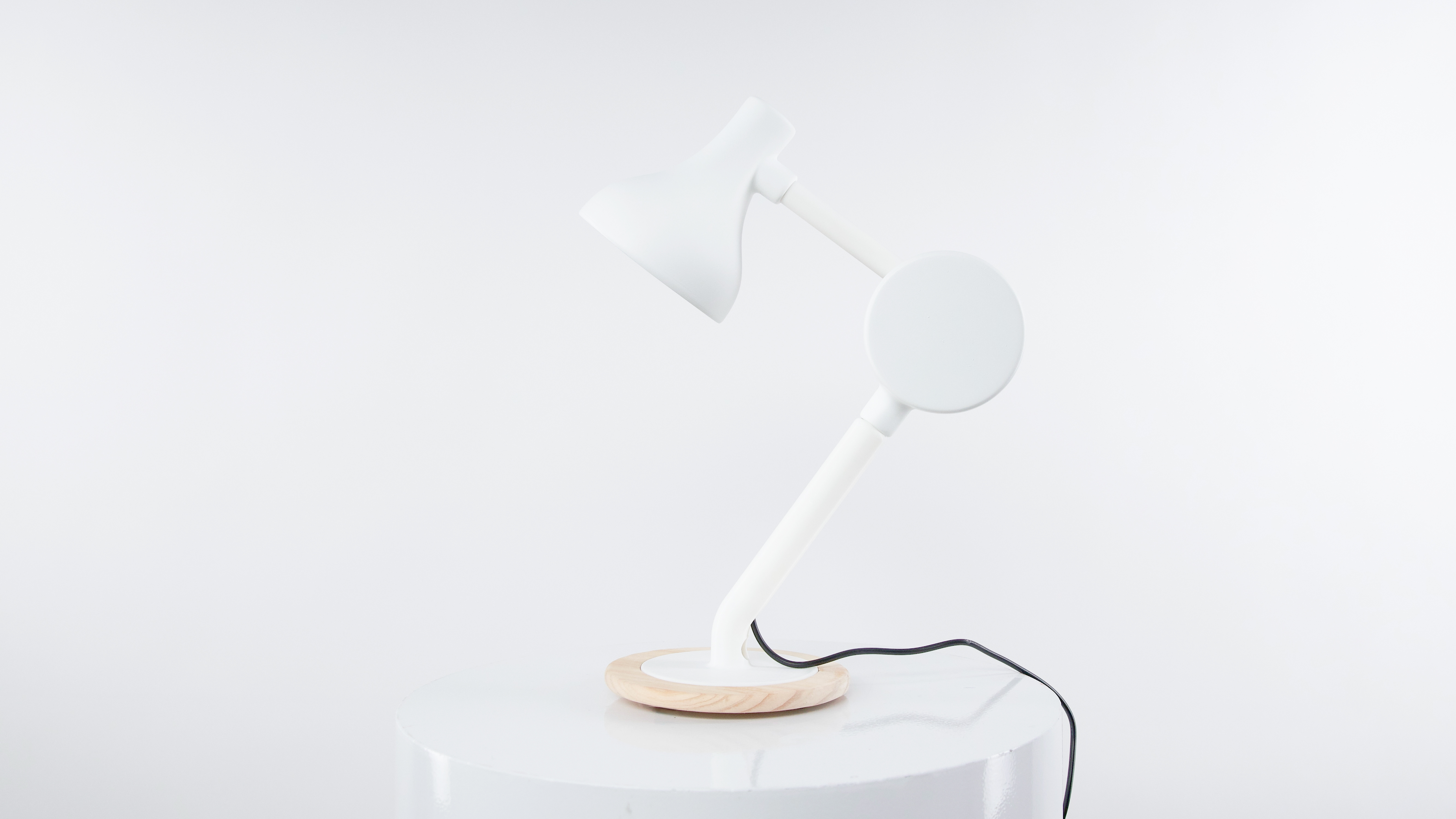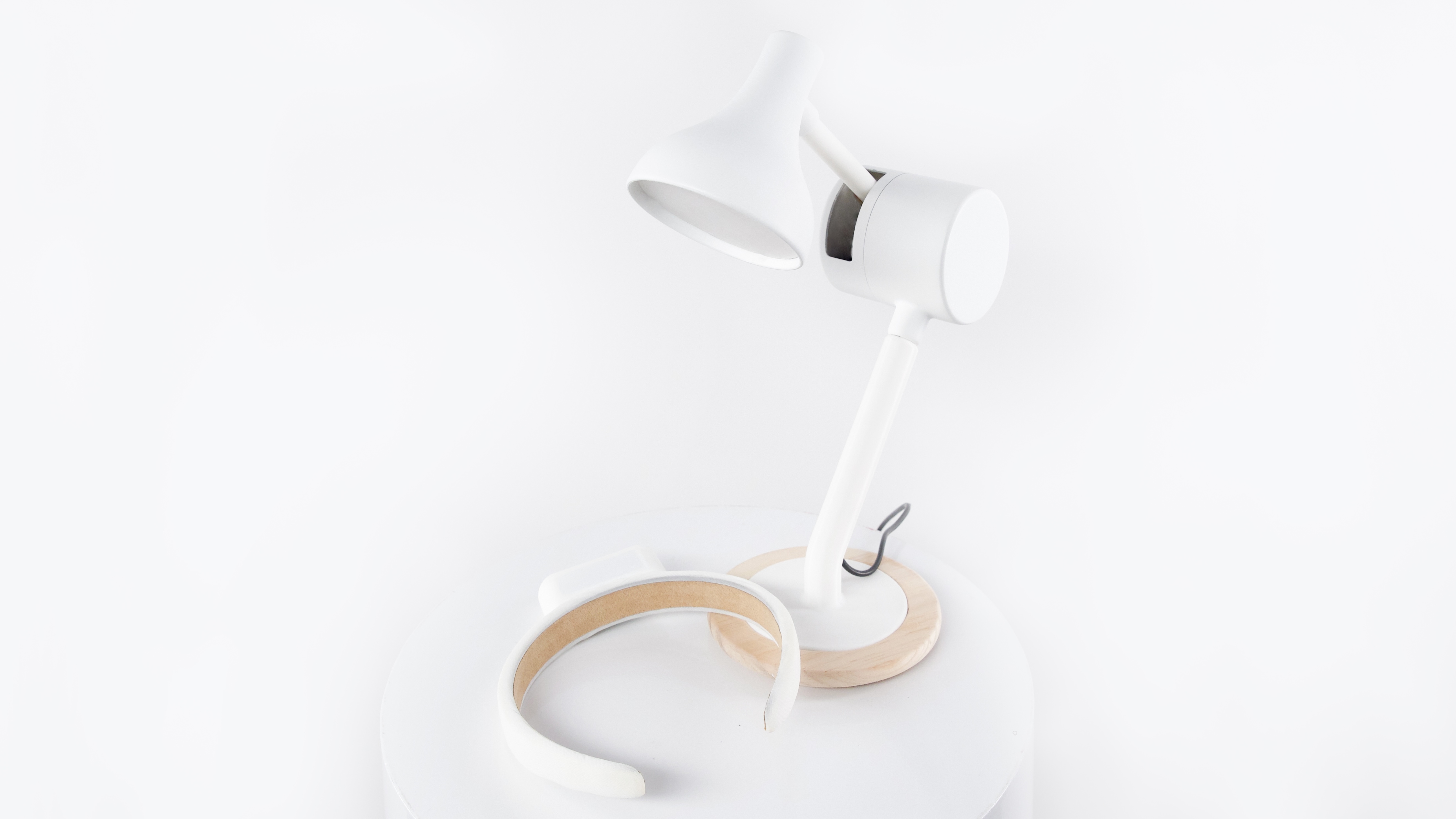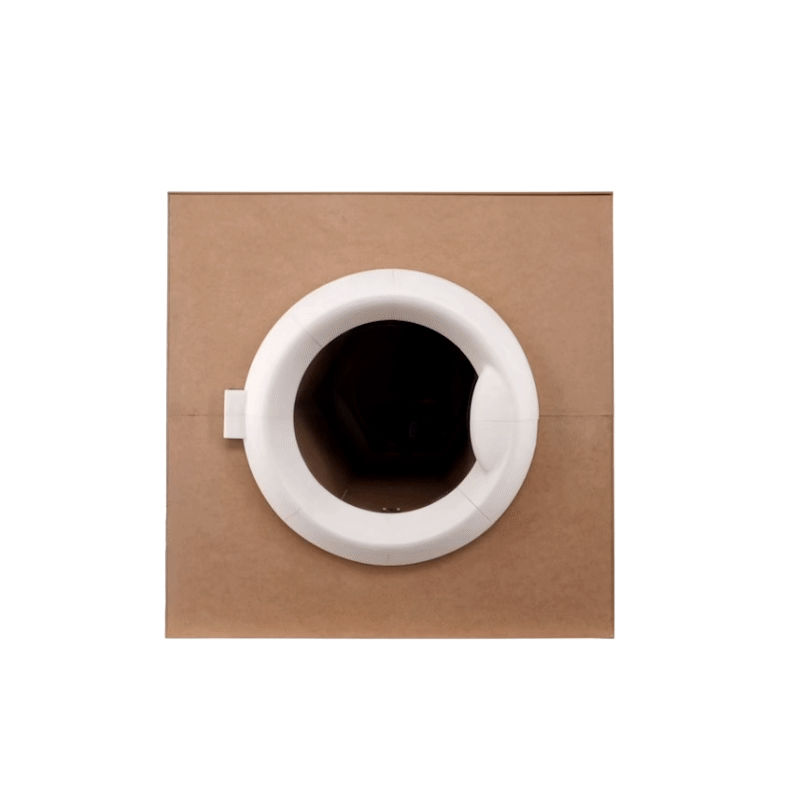
Bowing Lamp
Dec 2024
3d printing, servo motor, LED, wood rounds
Collaborate with Sonny Yan
A Gesture of Light, A Moment of Connection...
Introducing the Bowing Lamp, designed for the
first "Absurd Hotel" to be opened in Japan.

︎ Hassle-Free Power
︎ Minimalist Design
︎ Inclusive Experience

Hassle-Free Power: Powered by DC supply, eliminating the need for battery recharges.
Minimalist Design: Versatile aesthetic fits seamlessly into various interior settings.


Inclusive Experience: Accessible to everyone with our hairband accessory.
Process︎︎︎
Our prompt is to design a product for Japan’s first "Absurd Hotel," a collaboration between Kenya Hara and Kenji Kawakami. Since the hotel will open in Japan, we wanted to incorporate significant elements of Japanese culture into our product. Japan is well known for its politeness and friendly, and the bowing gesture immediately came to mind. After consulting to my Japanese friend, we decided to integrate this human gesture into our design to create a vivid, fun way for everyday objects to interact with people, while also celebrating local culture. The lamp body often features adjustable height and swivel functions, making it suited for anthropomorphic poses. Moreover, the lamp lighting up not only provide a direct feedback to the user but also reinforces its functionality.

The lamp was design in reference to minimalist aesthetics of MUJI. We went to MUJI offline shop to learn about its design and decided on a combination of white and oak wood for our materials.
We used the Bluetooth connection between two Arduino Nano 33 BLE boards to enable communication between the human bowing gesture and the lamp’s responsive movement. One board detects and transmits the bowing gesture signal, while the other receives it, triggering the servo motor and lighting up the LED. The Arduino’s built-in gyroscope serves as the sensor for detecting the bowing angle.


We encountered some limitations when designing the middle connection part, as it needed to accommodate a servo motor and an Arduino board. To address this, we divided the interior to fit both components while ensuring enough space for the upper part to move up and down. The slots inside both sections allow the parts to fit together smoothly and securely.
Slots were added to the connection rod for easy assembly and detachment.




We went through several iterations of the design, carefully considering every detail .
To test proportions, we printed lampshades in different sizes and ultimately chose a smaller one to ensure the servo motor could lift it smoothly. For the headband, we maintained the lamp’s rounded angle design, modeling a curved case to house an Arduino Nano and a 12V battery.



